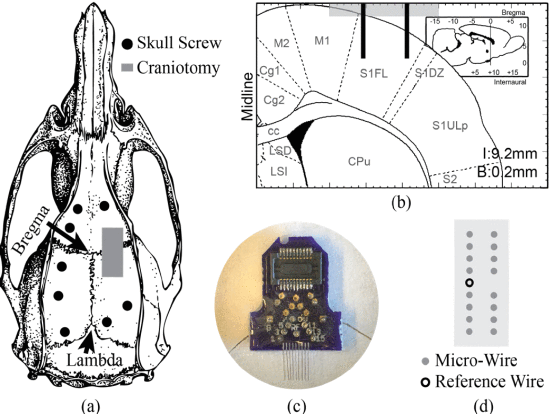
Innovations for creating somatosensation via direct electrical stimulation of the brain will be required for the next generation of bi-directional cortical neuroprostheses. The current lack of tactile perception and proprioceptive input likely imposes a fundamental limit on speed and accuracy of brain-controlled prostheses or re-animated limbs. This study addresses the unique challenge of identifying a robust, high bandwidth sensory encoding scheme in a high-dimensional parameter space. Previous studies demonstrated single dimensional encoding schemes delivering low bandwidth sensory information, but no comparison has been performed across parameters, nor with update rates suitable for real-time operation of a neuroprosthesis. Here, we report the first comprehensive measurement of the resolution of key stimulation parameters such as pulse amplitude, pulse width, frequency, train interval and number of pulses. Surprisingly, modulation of stimulation frequency was largely undetectable. While we initially expected high frequency content to be an ideal candidate for passing high throughput sensory signals to the brain, we found only modulation of very low frequencies were detectable. Instead, the charge-per-phase of each pulse yields the highest resolution sensory signal, and is the key parameter modulating perceived intensity. The stimulation encoding patterns were designed for high-bandwidth information transfer that will be required for bi-directional brain interfaces. Our discovery of the stimulation features which best encode perceived intensity have significant implications for design of any neural interface seeking to convey information directly to the brain via electrical stimulation.

